The complicated and ‘incomplete’ legacy of Nobuyoshi Araki

He is Japan’s most famous photographer and has defined the Western image of Japanese sexuality since he started taking pictures of Tokyo’s anything-goes sex scene in the 1960s: but what else is there to learn about the hugely influential Nobuyoshi Araki?
An ‘incomplete’ retrospective in New York gets to grips with the complexities of the vast oeuvre of the voracious photographer and his larger-than-life public image. ‘He’s not easy; he’s much more complex than the cuddly persona he projects,’ says New York’s Museum of Sex artistic and creative director Serge Becker, who first encountered Araki’s work in the 1990s. ‘Beyond the hype and controversies, there’s actually a real artist and thinker of substance. He’s on the level of Andy Warhol in regards to his prescience about art and culture.’
Those controversies include his inexhaustible depictions of kinbaku-bi, Japanese rope bondage, some of them extreme, especially for an outsider. ‘I tie women’s bodies up because I know their souls can’t be tied. Only the physical self can be tied,’ the artist told the Huffington Post in 2014, by way of explanation. ‘Putting a rope round a woman is like putting an arm round her.’ In the 1980s, Araki also directed a porn film that panned with fans and didn’t win him many.
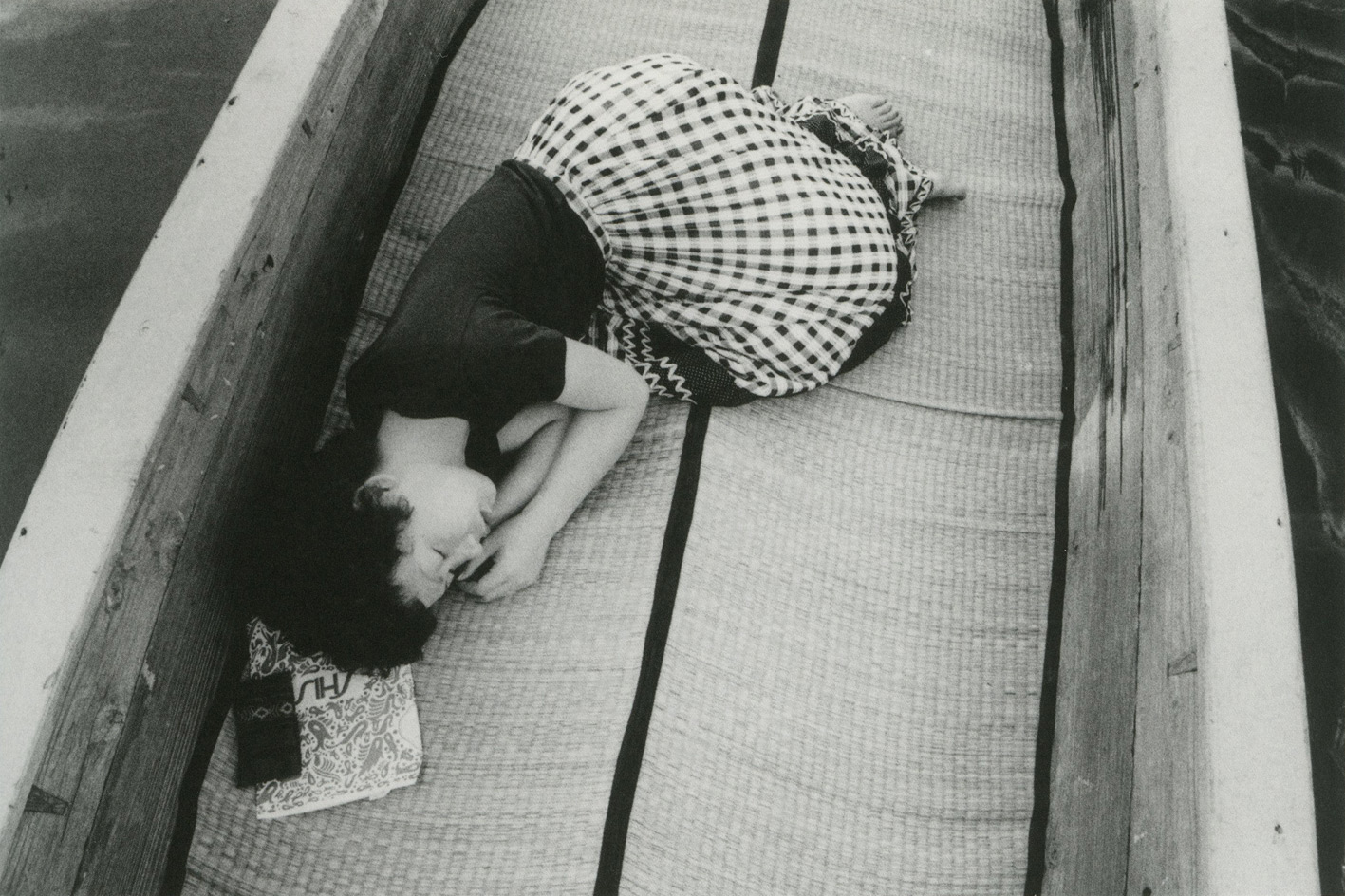
‘There’s a picture of [Yōko] sleeping on a boat on the Yanagawa River,’ Araki has said, about one of his favourite images from the Sentimental Journey series (1971-2017). ‘It was our honeymoon, so she was exhausted from all the sex. In Japan we say that you cross the Sanzu River when you depart to the “other world”. I had no intention of taking a picture like that so I feel like maybe God or someone made me take that picture. Her posture is like that of a fetus.’ Courtesy of Taka Ishii Gallery, Tokyo
Becker is part of the impetus behind what is the largest ever exhibition of the artist’s work in the US, titled ‘The Incomplete Araki: Sex, Life, and Death in the Works of Nobuyoshi Araki’. The show aims to present different facets to the artist and his interests, through a selection of more than 500 polaroids and 400 photobooks – the latter an important part of Araki’s work from the beginning, and one of the many significant contributions he has made to contemporary photography over the past five decades.
Araki’s legacy is as complicated as the artist, who is one of the most prolific of his generation: despite his fascination with physical bondage, he represents freedom in the arts and life. At the same time, his images of women have also been slammed as objectifying and contributing to a sexual stereotype – if not inventing it for the visual generation, and implicate him in an industry of sex that has not typically favoured women.
‘He ventures in his work and private life into areas that many of us are uncomfortable with,’ Becker suggests. ‘Some of the discomfort is not necessarily because we disagree with him, but because he touches us and shows us aspects of ourselves we tend to cover up. He’s brutally honest, but he gets to do it, because he shows us love and beauty too.’
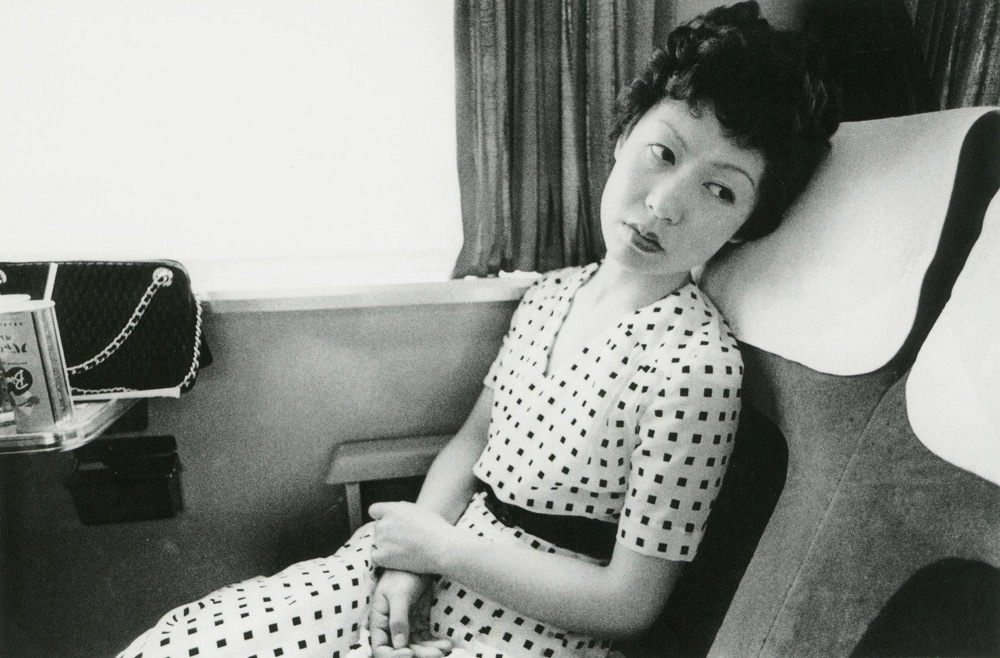
Sentimental Journey, 1971-2017, by Nobuyoshi Araki. Courtesy of Taka Ishii Gallery, Tokyo
Beneath the brazen appeal of the archetypal Araki picture – black and white, high exposure, youthful naked skin – Araki has more to show us about the murky waters of what we are, and what he is. Hurtling from erotica to hardcore porn, into tender documents of his late wife Yōko and wistful portraits of his cat, Chiro, Araki was way ahead of the game in the way he mixed the personal and the public, forging an ambiguous narrative of fact and fantasy with his lens.
‘We live in many ways in a world he helped shape, and we have adopted his language. The creation of the personal brand, the ceaseless documentation of one’s lives, the lack of privacy and sharing of personal moments, the high and the low of it all,’ Becker reflects.
In the current atmosphere of #MeToo revelations, the question is whether we need more visions of male fantasy for the future. Perhaps it’s time for a new language.
(Warning: the following images contain nudity.)
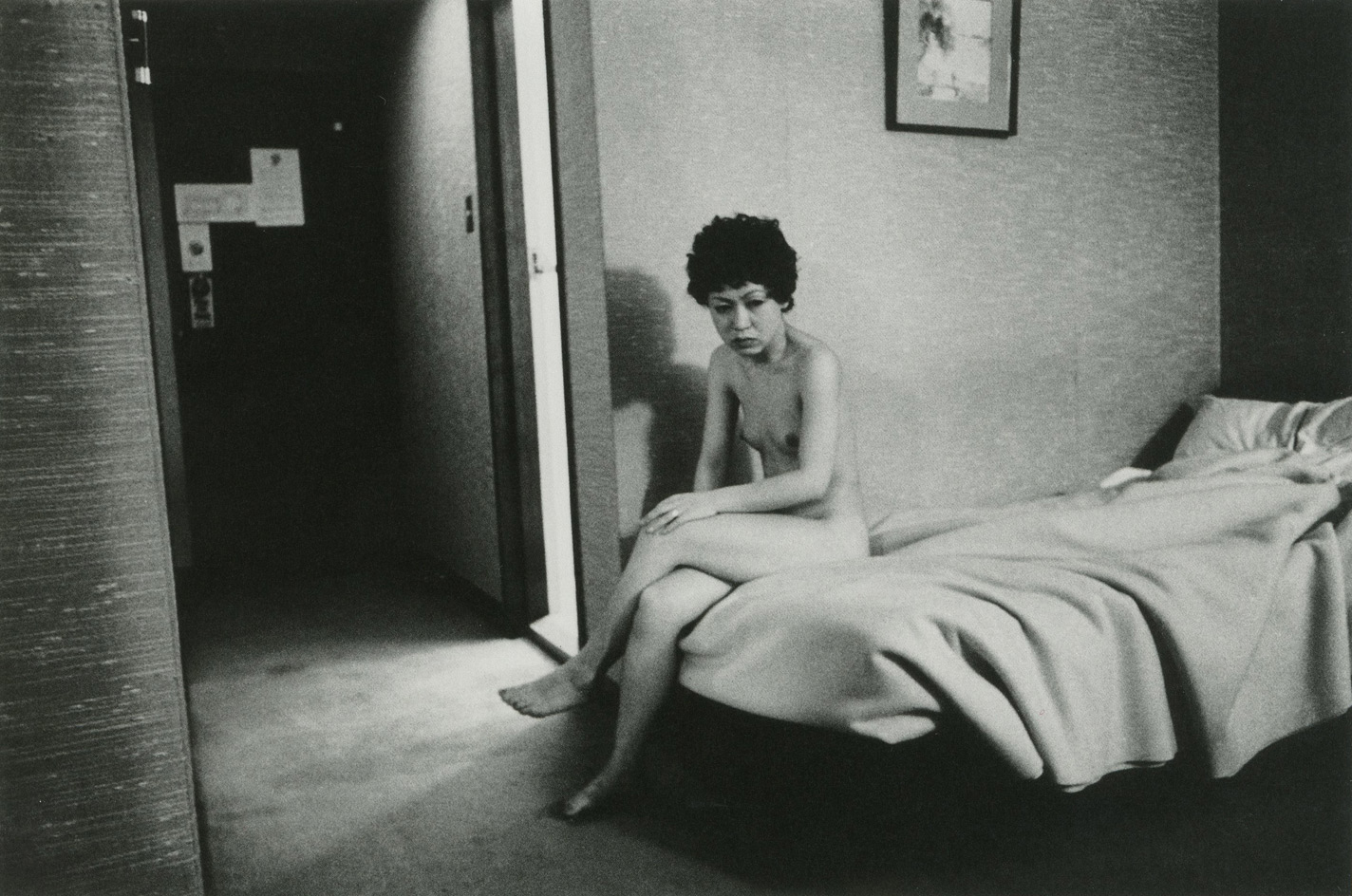
Sentimental Journey, 1971-2017, by Nobuyoshi Araki. Courtesy of Taka Ishii Gallery, Tokyo
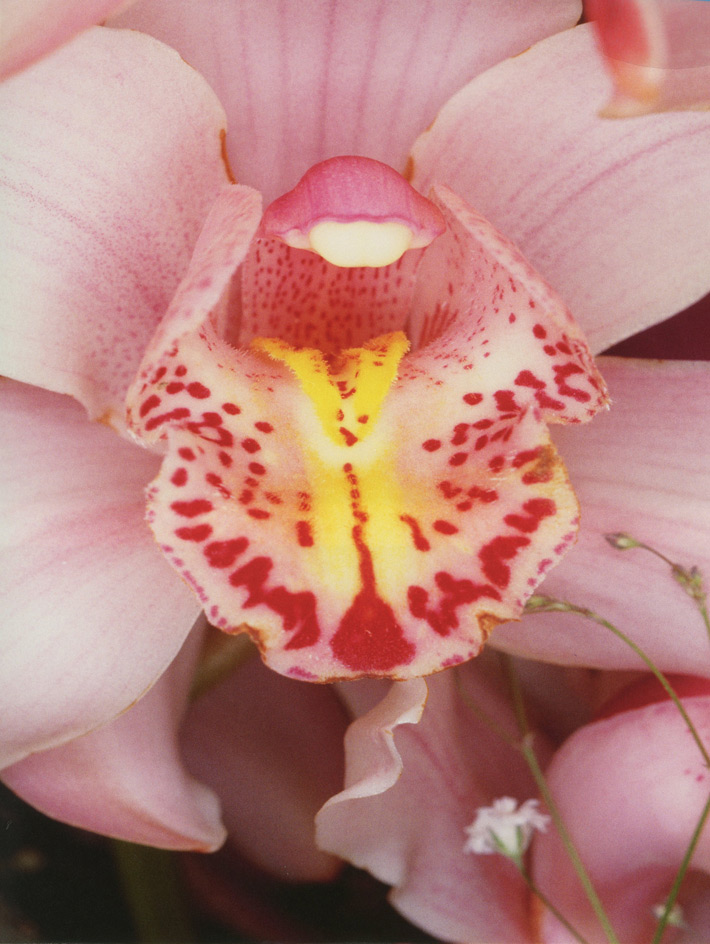
Flowers, 1985, by Nobuyoshi Araki. Courtesy of Private Collection
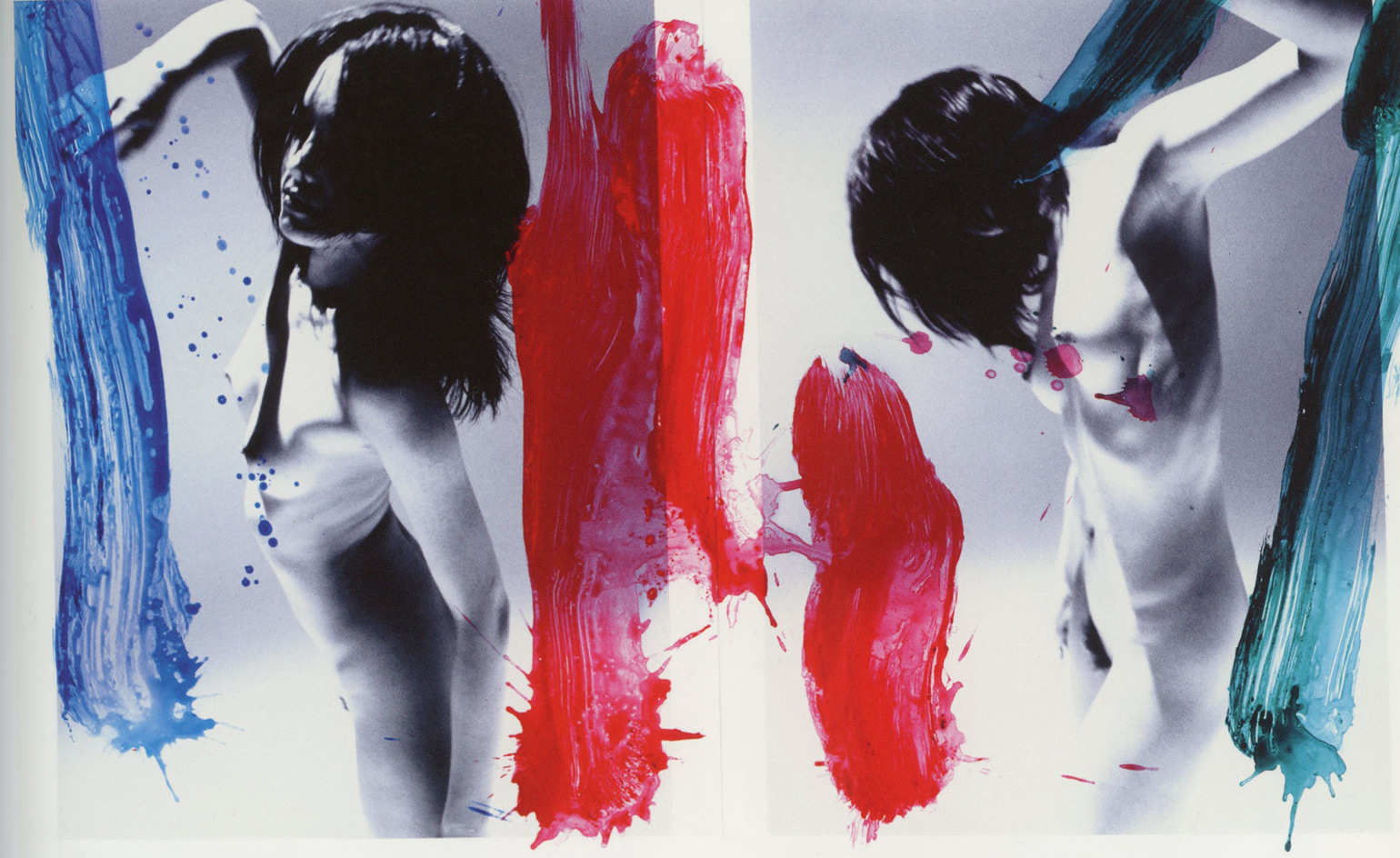
KaoRi Love (Diptych), 2007, by Nobuyoshi Araki. Kaori has been Araki’s muse and lover since the early 2000s. This series comprises photographic portraits of Kaori, which are splashed and scrawled with acrylic paint. The paint here also plays an ambiguous role as the trace of the artist’s hand – while the photographs may expose Kaori and her body, often the paint is used as a way to then partially cover or obscure her. Courtesy of Private Collection
INFORMATION
‘The Incomplete Araki: Sex, Life, and Death in the Work of Nobuyoshi Araki’ is on view until 31 August. For more information, visit the Museum of Sex website
ADDRESS
Museum of Sex
233 Fifth Avenue
New York
Receive our daily digest of inspiration, escapism and design stories from around the world direct to your inbox.
Charlotte Jansen is a journalist and the author of two books on photography, Girl on Girl (2017) and Photography Now (2021). She is commissioning editor at Elephant magazine and has written on contemporary art and culture for The Guardian, the Financial Times, ELLE, the British Journal of Photography, Frieze and Artsy. Jansen is also presenter of Dior Talks podcast series, The Female Gaze.
-
 A day in Ahmedabad – tour the Indian city’s captivating architecture
A day in Ahmedabad – tour the Indian city’s captivating architectureIndia’s Ahmedabad has a thriving architecture scene and a rich legacy; architect, writer and photographer Nipun Prabhakar shares his tips for the perfect tour
-
 You can now stay in one of Geoffrey Bawa’s most iconic urban designs
You can now stay in one of Geoffrey Bawa’s most iconic urban designsOnly true Bawa fans know about this intimate building, and it’s just opened as Colombo’s latest boutique hotel
-
 Pentagram’s identity for eVTOL brand Vertical Aerospace gives its future added lift
Pentagram’s identity for eVTOL brand Vertical Aerospace gives its future added liftAs Vertical Aerospace reveals Valo, a new air taxi for a faster, zero-emission future, the brand has turned to Pentagram to help shape its image for future customers
-
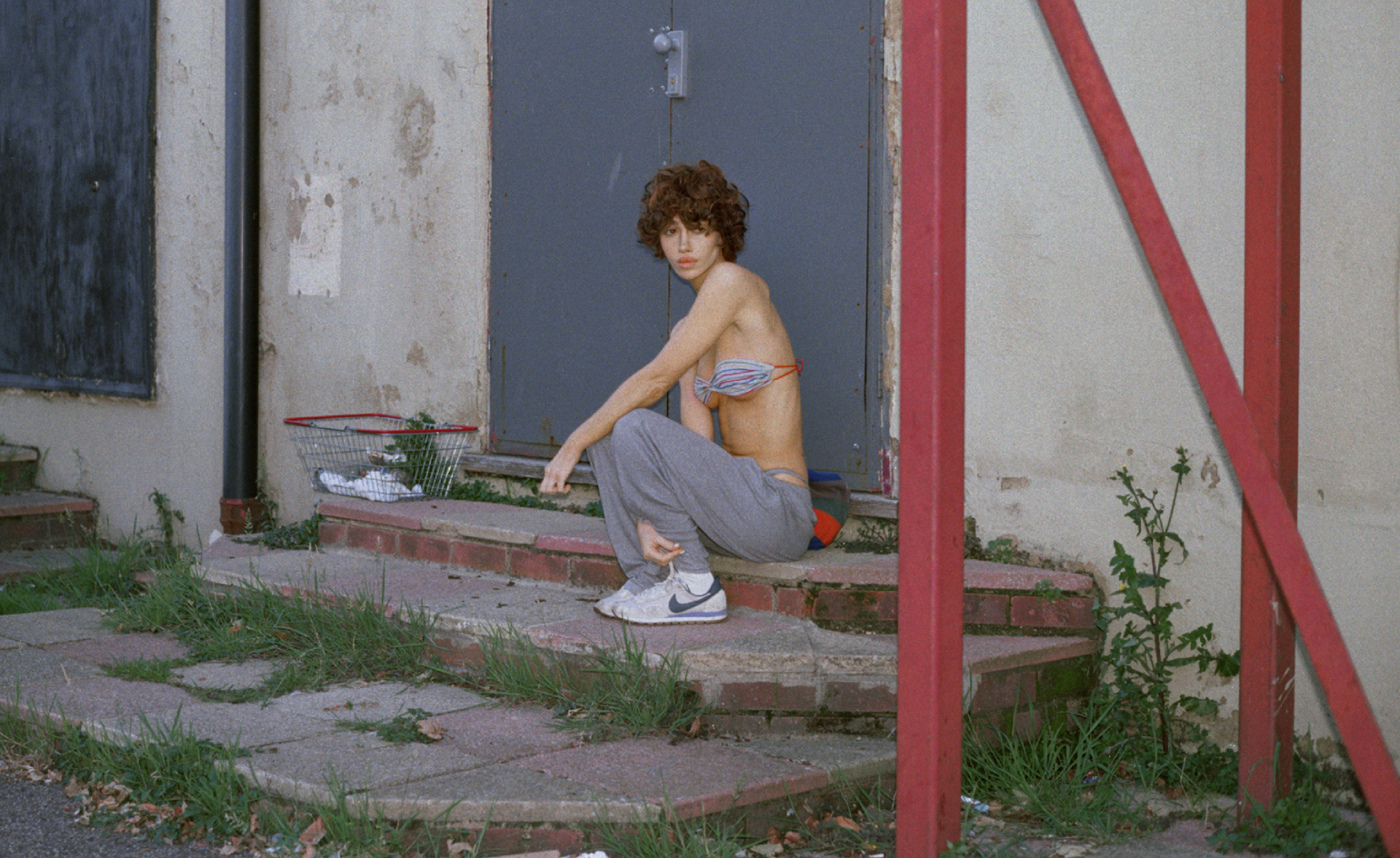 Nadia Lee Cohen distils a distant American memory into an unflinching new photo book
Nadia Lee Cohen distils a distant American memory into an unflinching new photo book‘Holy Ohio’ documents the British photographer and filmmaker’s personal journey as she reconnects with distant family and her earliest American memories
-
 Out of office: The Wallpaper* editors’ picks of the week
Out of office: The Wallpaper* editors’ picks of the weekIt’s been a week of escapism: daydreams of Ghana sparked by lively local projects, glimpses of Tokyo on nostalgic film rolls, and a charming foray into the heart of Christmas as the festive season kicks off in earnest
-
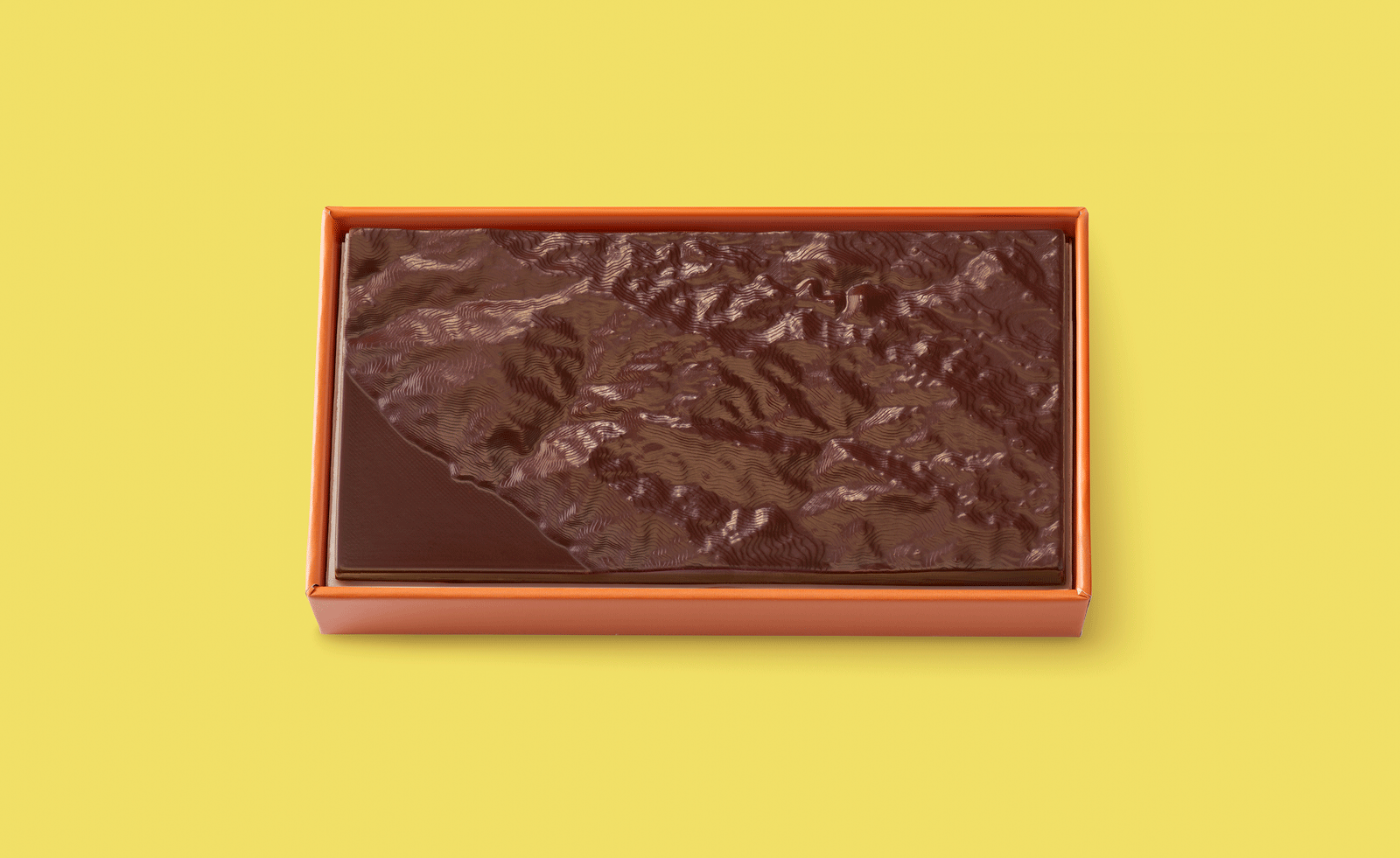 Ed Ruscha’s foray into chocolate is sweet, smart and very American
Ed Ruscha’s foray into chocolate is sweet, smart and very AmericanArt and chocolate combine deliciously in ‘Made in California’, a project from the artist with andSons Chocolatiers
-
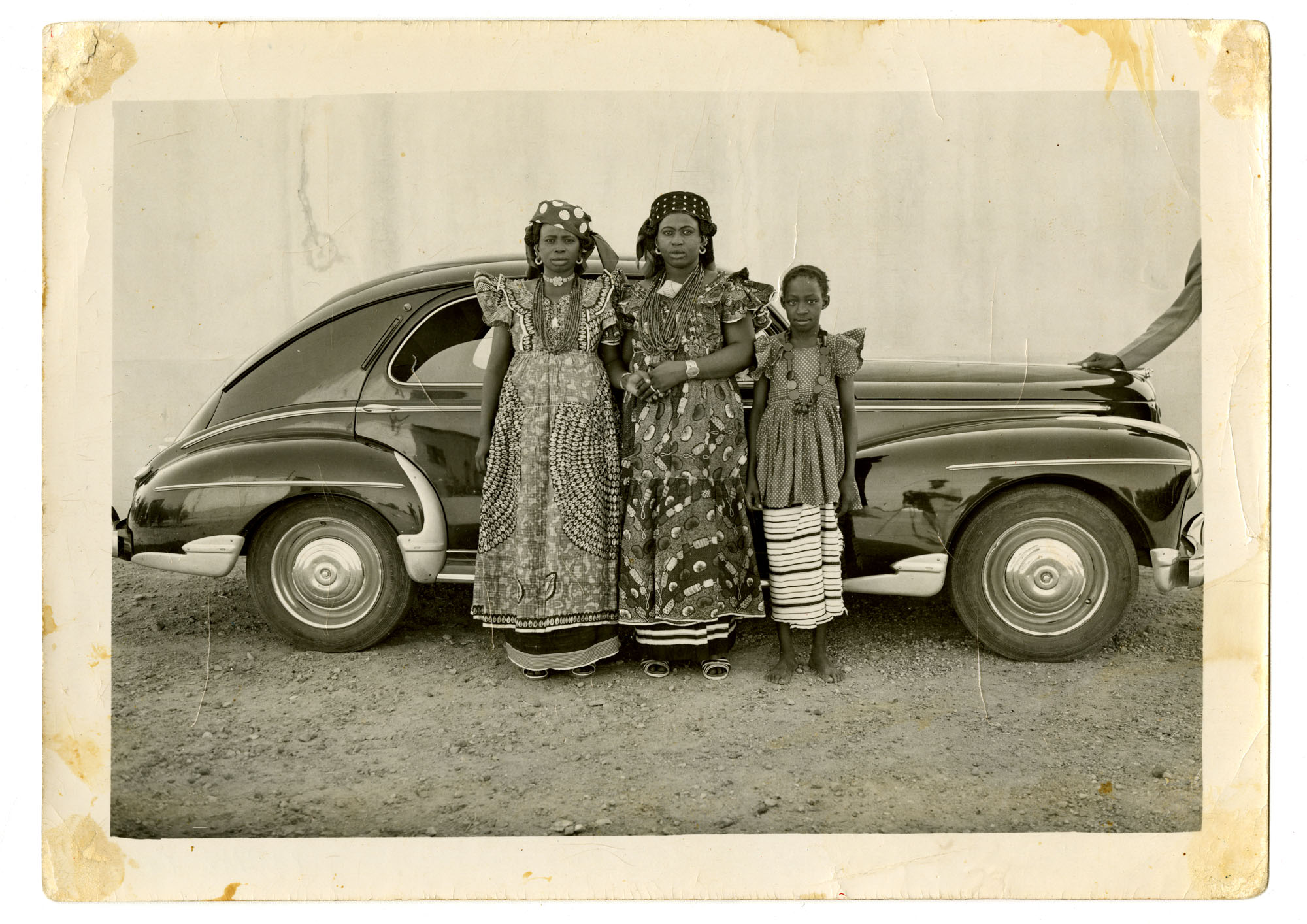 Inside the work of photographer Seydou Keïta, who captured portraits across West Africa
Inside the work of photographer Seydou Keïta, who captured portraits across West Africa‘Seydou Keïta: A Tactile Lens’, an exhibition at the Brooklyn Museum, New York, celebrates the 20th-century photographer
-
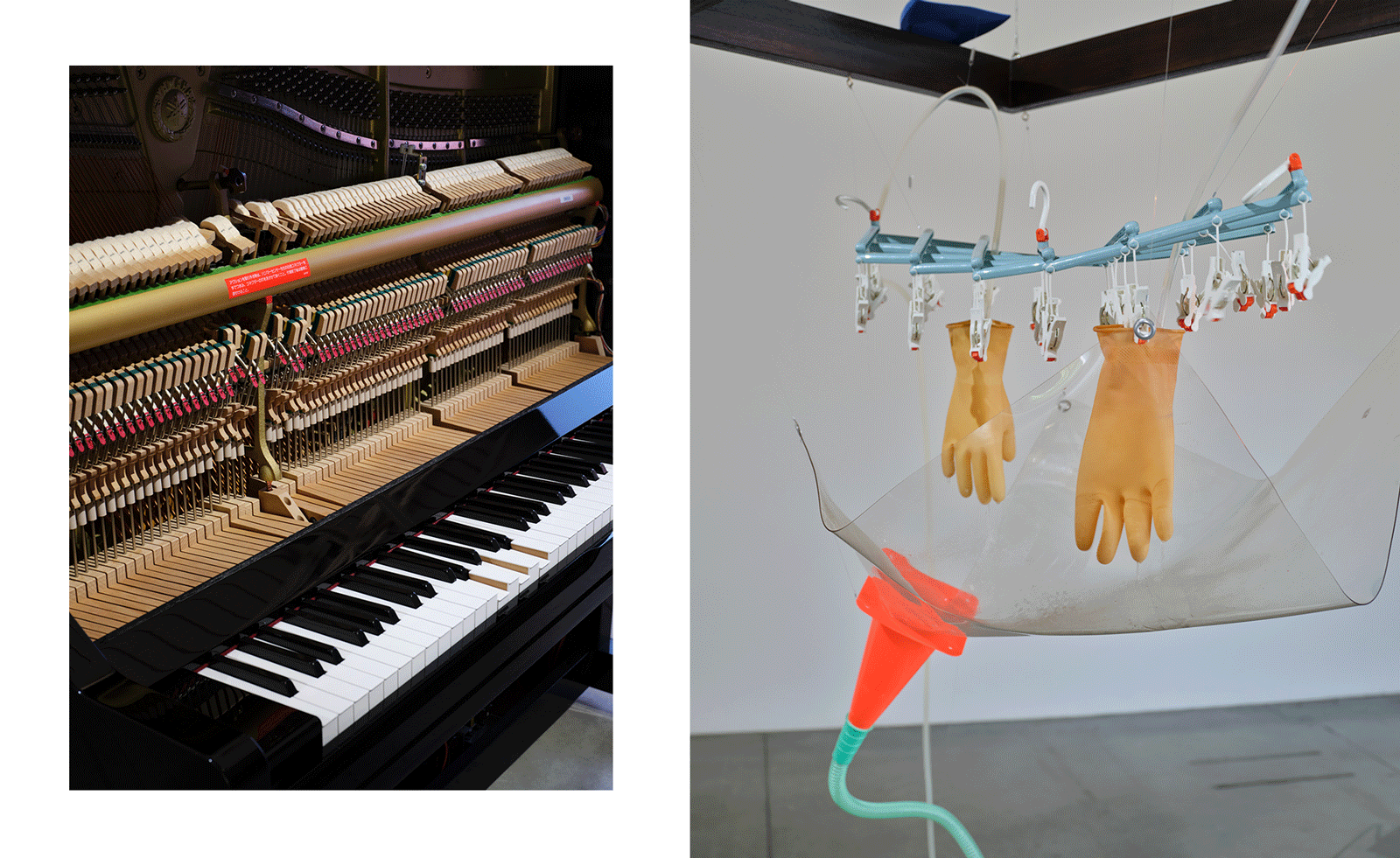 Yuko Mohri’s living installations play on Marcel Duchamp’s surrealism
Yuko Mohri’s living installations play on Marcel Duchamp’s surrealismThe artist’s seven new works on show at Milan’s Pirelli HangarBicocca explore the real and imaginary connections that run through society
-
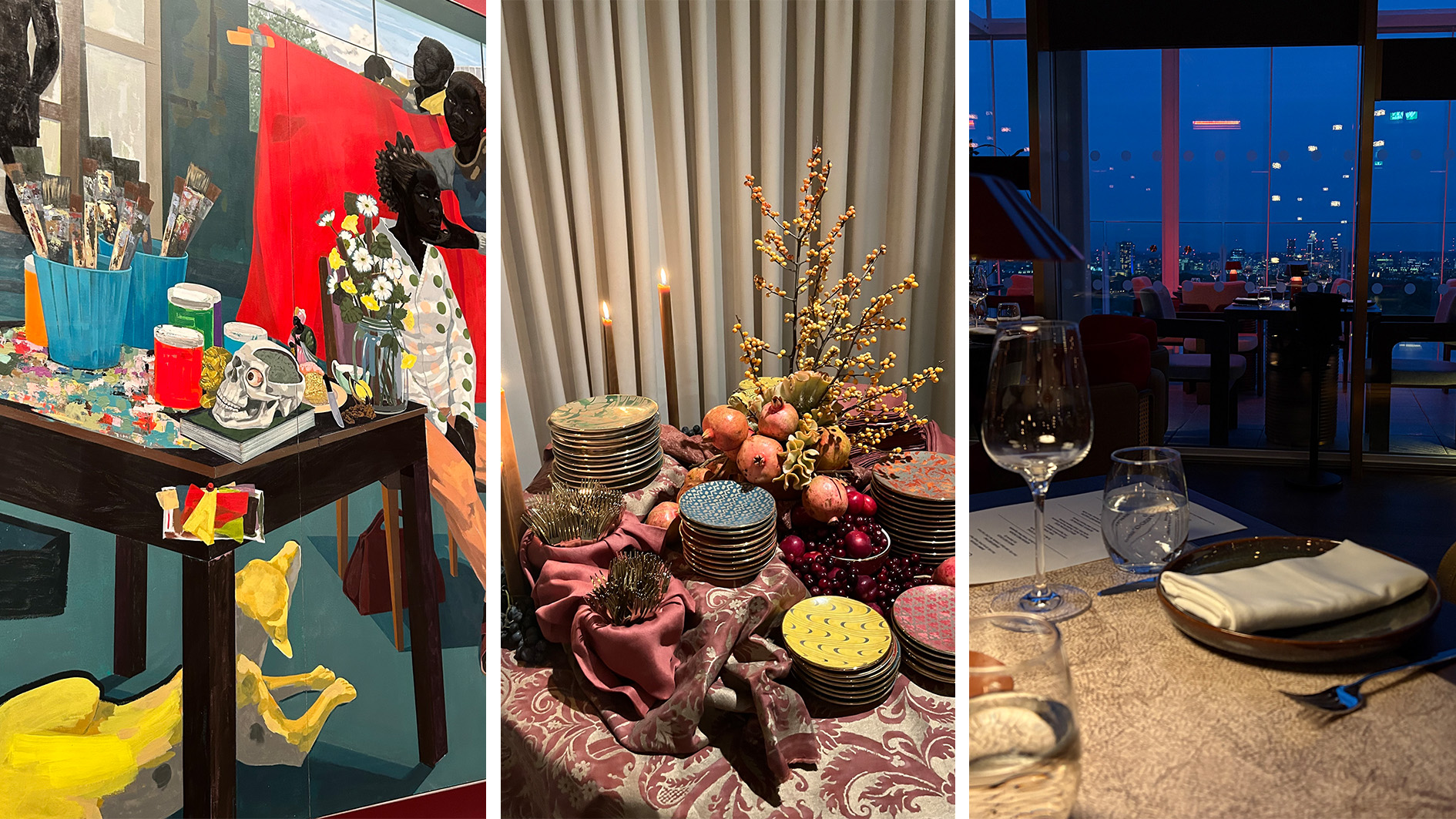 Out of office: The Wallpaper* editors’ picks of the week
Out of office: The Wallpaper* editors’ picks of the weekFrom sumo wrestling to Singaporean fare, medieval manuscripts to magnetic exhibitions, the Wallpaper* team have traversed the length and breadth of culture in the capital this week
-
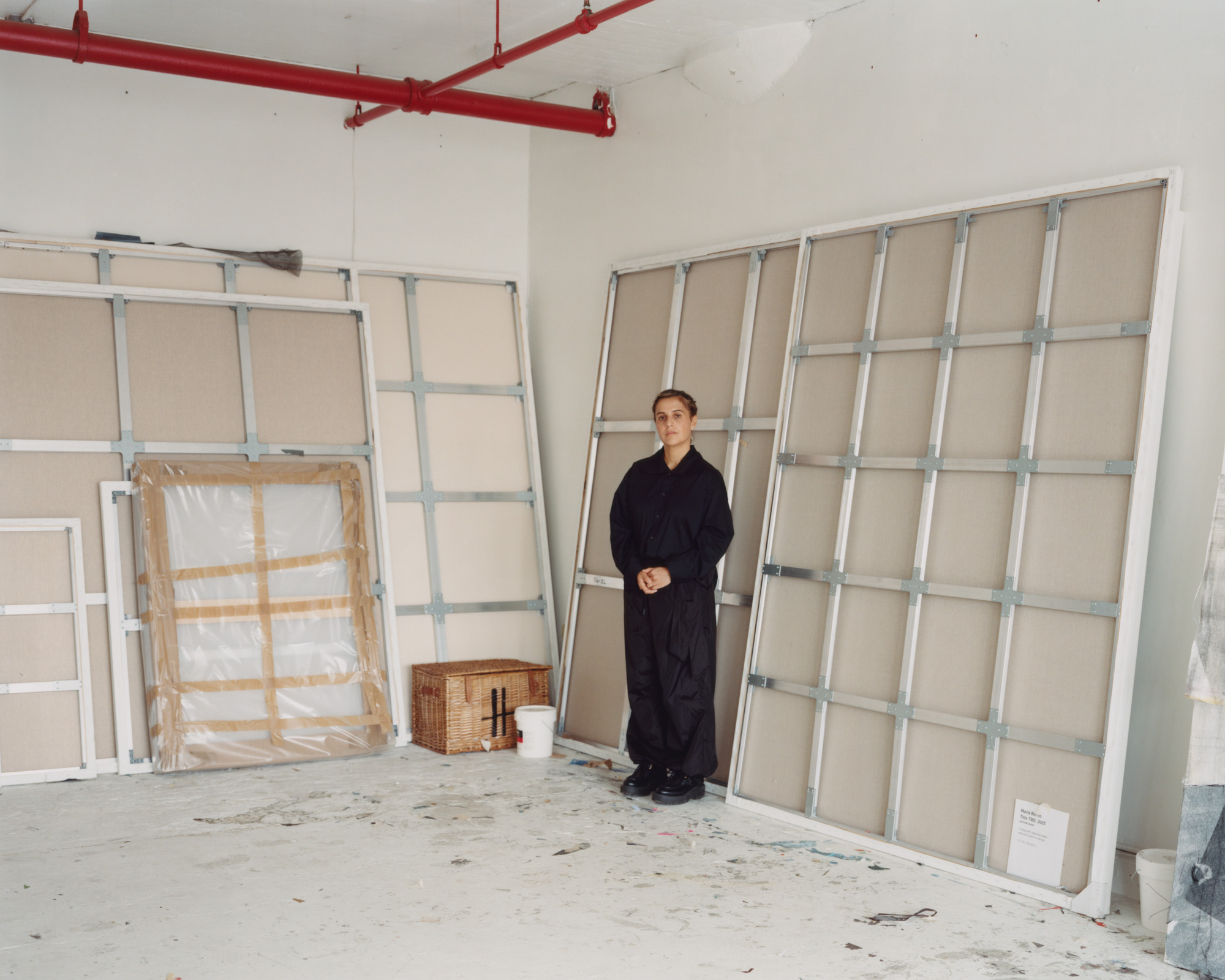 María Berrío creates fantastical worlds from Japanese-paper collages in New York
María Berrío creates fantastical worlds from Japanese-paper collages in New YorkNew York-based Colombian artist María Berrío explores a love of folklore and myth in delicate and colourful works on paper
-
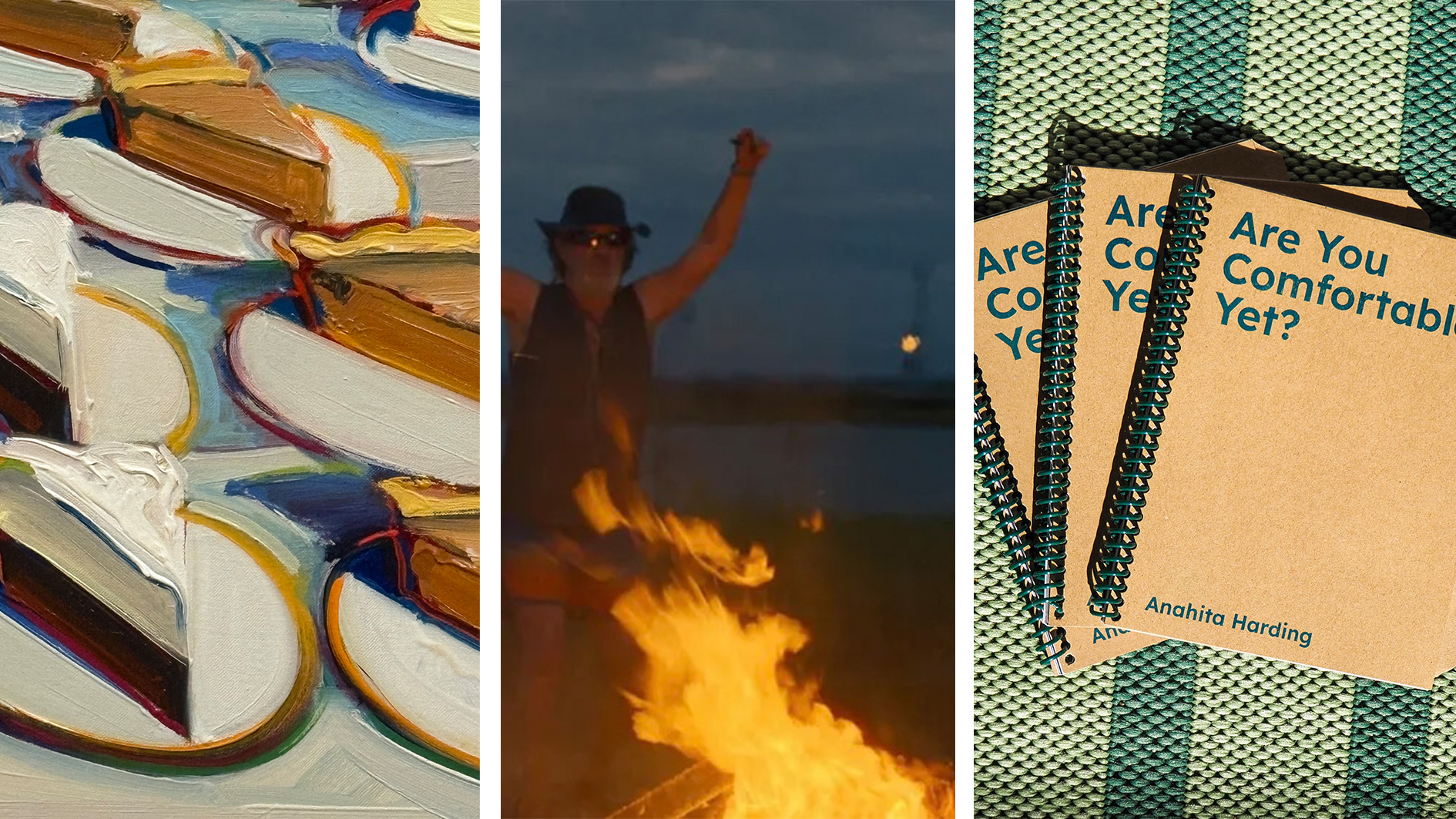 Out of office: the Wallpaper* editors’ picks of the week
Out of office: the Wallpaper* editors’ picks of the weekAs we approach Frieze, our editors have been trawling the capital's galleries. Elsewhere: a 'Wineglass' marathon, a must-see film, and a visit to a science museum